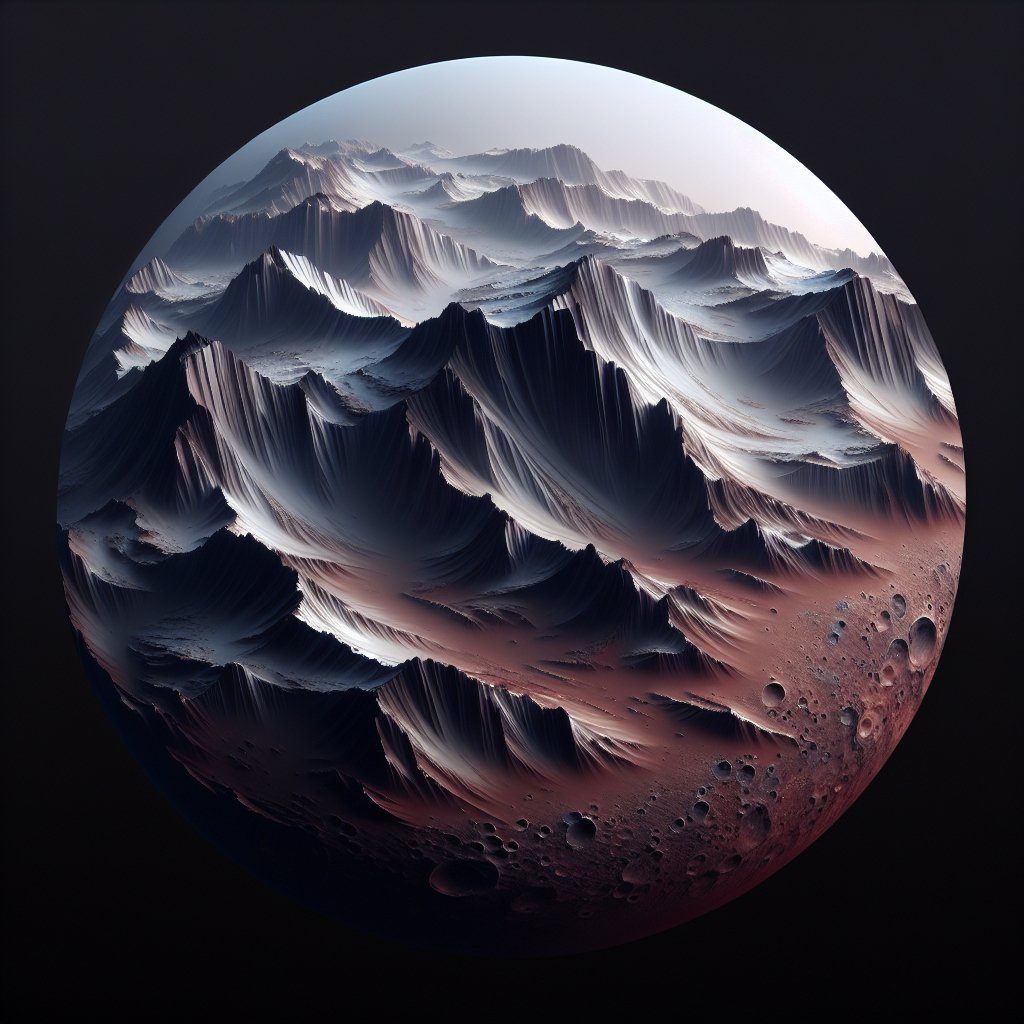The geology of Mars offers a fascinating glimpse into the history and evolution of the Red Planet. By studying its surface features, mineral composition, and geological processes, scientists can piece together the story of Mars and its potential to have once harbored life. This article delves into the geological characteristics of Mars, exploring what they reveal about the planet’s past and what they might mean for future exploration.
Martian Surface Features
Mars is home to some of the most intriguing and diverse surface features in our solar system. From towering volcanoes to vast canyons, the Martian landscape is a testament to the dynamic geological processes that have shaped the planet over billions of years. One of the most prominent features is Olympus Mons, the largest volcano in the solar system, which stands at a staggering 13.6 miles (22 kilometers) high. This shield volcano is a clear indicator of Mars’ volcanic past, suggesting that the planet was once geologically active.
Another significant feature is Valles Marineris, a canyon system that stretches over 2,500 miles (4,000 kilometers) across the Martian surface. This colossal canyon is thought to have formed through a combination of tectonic activity and erosion, providing insights into the planet’s tectonic history. The presence of such features indicates that Mars has experienced significant geological activity, including volcanic eruptions, tectonic shifts, and erosion, all of which have contributed to its current landscape.
Mineral Composition and Geological Processes
The mineral composition of Mars is another key area of interest for geologists. The planet’s surface is primarily composed of basalt, a volcanic rock that is also common on Earth. This suggests that Mars has undergone similar volcanic processes, albeit on a different scale. Additionally, the presence of iron oxide, or rust, gives Mars its characteristic red color and indicates that the planet’s surface has been exposed to oxygen in the past.
Recent missions have also detected the presence of clay minerals and sulfates, which form in the presence of water. This discovery has significant implications for our understanding of Mars’ history, as it suggests that liquid water once existed on the planet’s surface. The presence of these minerals supports the theory that Mars may have had a more Earth-like climate in the past, with conditions that could have supported life.
Implications for Past and Present Water
The evidence of past water on Mars is one of the most compelling aspects of its geology. The presence of ancient river valleys, lake beds, and mineral deposits that form in water all point to a time when Mars had a much wetter climate. This raises the possibility that the planet could have supported microbial life in its past.
In recent years, scientists have also discovered evidence of present-day water in the form of subsurface ice and seasonal flows of briny water. These findings are crucial for future exploration, as they suggest that water resources may be available for future manned missions to Mars. Understanding the history and distribution of water on Mars is essential for assessing the planet’s habitability and planning for future exploration.
Future Exploration and the Search for Life
The geology of Mars continues to be a primary focus for future exploration missions. The ongoing search for signs of past or present life on Mars is closely tied to its geological history. By studying the planet’s surface and subsurface, scientists hope to uncover evidence of ancient life forms or conditions that could support life today.
Future missions, such as the Mars Sample Return mission, aim to bring back samples of Martian rock and soil for analysis on Earth. These samples could provide invaluable insights into the planet’s geological history and its potential to have once harbored life. As we continue to explore Mars, its geology will remain a key area of study, offering clues to the planet’s past and guiding our search for life beyond Earth.
In conclusion, the geology of Mars is a window into the planet’s past, revealing a history of volcanic activity, tectonic shifts, and the presence of water. These geological features not only tell us about the planet’s evolution but also hold the key to understanding its potential for life. As we continue to explore the Red Planet, its geology will remain a central focus, guiding our quest to uncover the mysteries of Mars and its place in the solar system.










